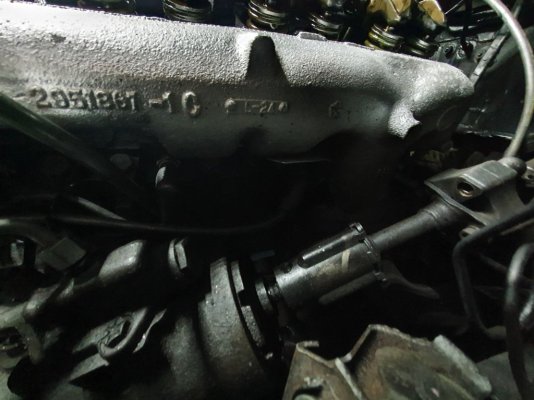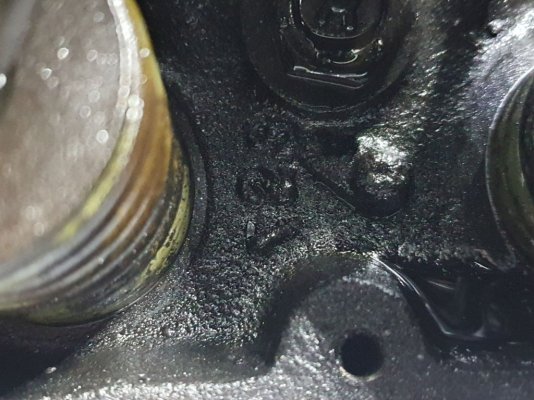@saforwardlook has a good point. plus the observations from the posters in this thread on possible explanations of what you see today are insightful
BUT figuring out exactly WHAT you have today could be confounded by changes made anytime isnce it was built (e.g., dual exhaust could have been added, as could the HP manifolds IF they are there).
HP blocks but E85 internals are essentially E85s as I do not think the blocks were physically different (e.g., other features gave you the extra oomph). Likewise, ith E86 content they made the HP (Magnums, TNT's, Super Commando) 440 models.
so examining ALL the "contemporary" info (for this car dating from 1969/70) on hard parts (casting numbers, part numbers, VIN marking on block, fender tag, etc) and paper "markings" (broadcast sheet in particular, factory stickers, etc) are "clues" to help understand what left --but not necessarily so due to changes sometime AFTER it was delivered to a consumer, or even ihappened IN the build/rework process -- from/at the factory.
be prepared that all mysteries may NOT be solved/solvable 50 years later. you have lotsa help here though.
bonne chance!
btw, I think I remember this car from when it was here a few years ago. It's really nice!
BUT figuring out exactly WHAT you have today could be confounded by changes made anytime isnce it was built (e.g., dual exhaust could have been added, as could the HP manifolds IF they are there).
HP blocks but E85 internals are essentially E85s as I do not think the blocks were physically different (e.g., other features gave you the extra oomph). Likewise, ith E86 content they made the HP (Magnums, TNT's, Super Commando) 440 models.
so examining ALL the "contemporary" info (for this car dating from 1969/70) on hard parts (casting numbers, part numbers, VIN marking on block, fender tag, etc) and paper "markings" (broadcast sheet in particular, factory stickers, etc) are "clues" to help understand what left --but not necessarily so due to changes sometime AFTER it was delivered to a consumer, or even ihappened IN the build/rework process -- from/at the factory.
be prepared that all mysteries may NOT be solved/solvable 50 years later. you have lotsa help here though.
bonne chance!
btw, I think I remember this car from when it was here a few years ago. It's really nice!
Last edited:




















